How to Use Tech to Run Your First 5K
Running your first 5K doesn't have to be a scary experience. Online software, free apps and social communities can take the stress out of training.

Running a 5K can be a daunting experience for any runner, but it can be downright scary if you've never laced up a pair of running shoes before. Fortunately, with some advanced preparation, modern technology can make the process of training for your first 5K a lot less stressful. Use these tips to make your journey to the finish line a great one.
Get a Program

The first thing you need if you're running your first 5K is a training plan. Don't worry if a personal coach is beyond your budget; specialized and inexpensive 5K training plans are easy to find.
The Couch to 5K ($1.99) app, by Active Runner, is specifically designed to get brand-new runners "off the couch" and ready to run for 3.1 miles, or 30 minutes, in nine weeks. The training program itself is augmented by a mobile app, which helps you track your progress and connects you to other runners participating in the program. Couch to 5K maintains a location-based list of 5K races if you haven't picked one yet.
Free novice-to 5K training plans are also available online from well-known running coaches, such as Hal Higdon, Jenny Hadfield or Jeff Galloway, as well as from fitness and running magazines.
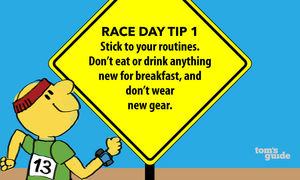
You can find other apps branded as couch-to-5K programs on the Android and Apple store. Keep in mind that a good novice 5K training plan will alternate running and walking and initially limit you to three runs per week, plus two days of cross-training, such as walking, yoga or core strength work. Anything more than that and you increase the risk of injury.
Plan Your Runs
Once you have a 5K training program, it's time to plan your running routes. It's important to do this before you step outside: The last thing you want to do is make a wrong turn and turn a 15-minute run into a 90-minute one.
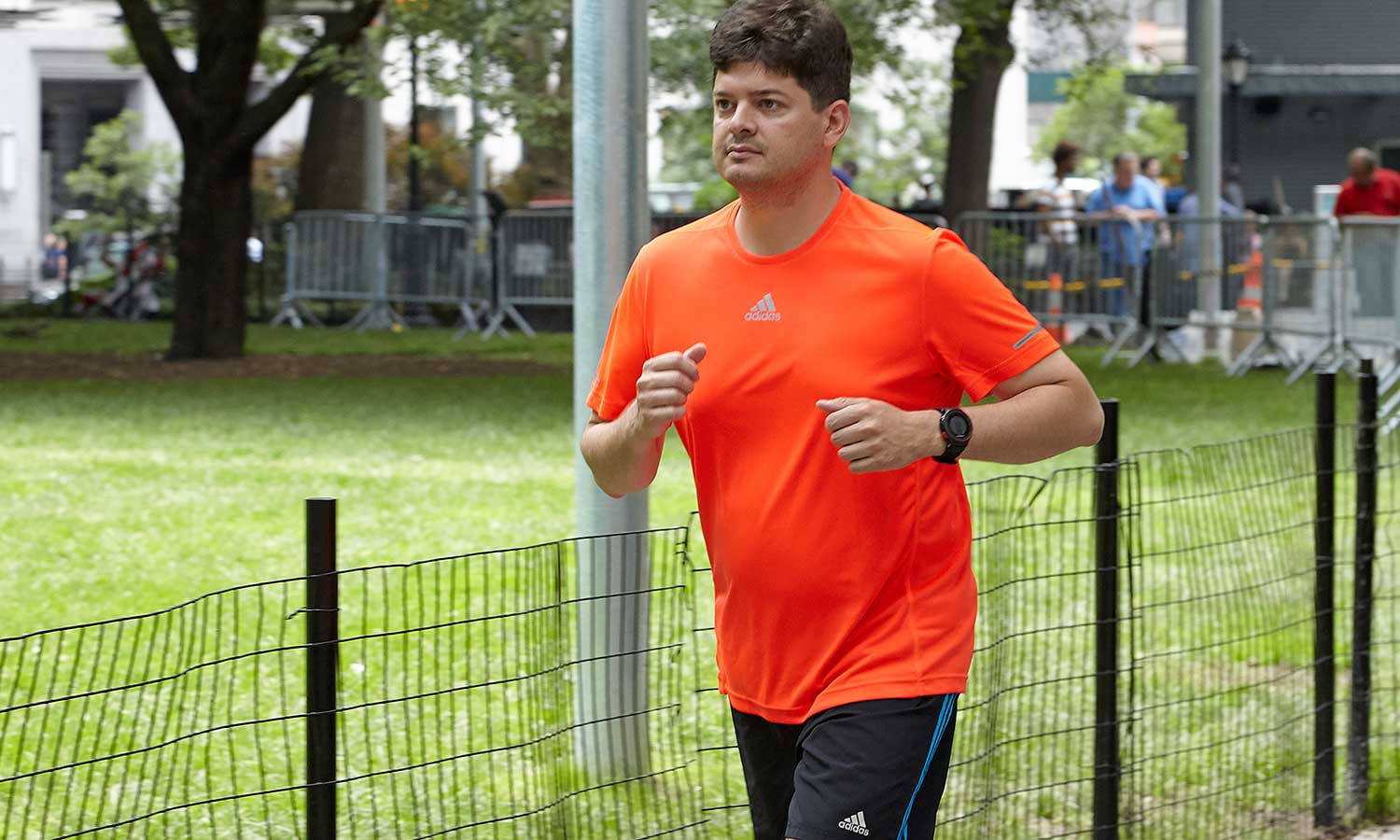
If you create a free account on a site such as MapMyRun or RunKeeper, you can map out running routes or view databases of routes in major cities. Creating an account also helps you track and analyze your runs (see below).
Get instant access to breaking news, the hottest reviews, great deals and helpful tips.

Sites such as Gmap Pedometer and On the Go Map let you map routes and save them as links without creating an account, while the USA Track & Field lets you map routes and save them to the USATF database.
Track Your Runs
Sorry, it's still not quite time to go running. To effectively train for any race, and especially your first 5K, you need to track when you run, how far you run and how long it takes you. This is critical for determining your per-mile pace and setting baseline goals for your training and for race day.
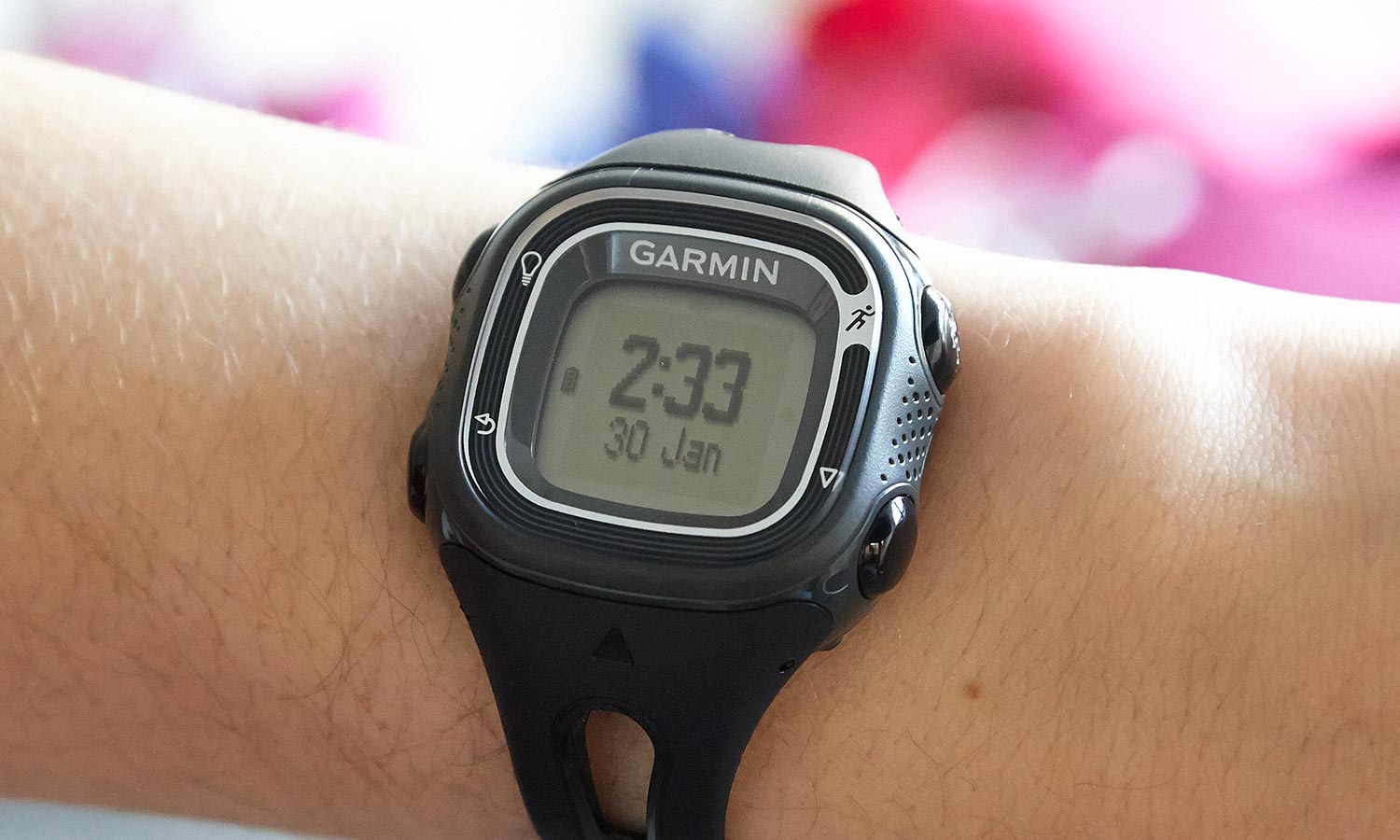
First, some bad news: Your fitness-tracking wristband won't cut it. While you can get a rough estimate of your active minutes, distance covered and steps taken, you won't know the exact distance and time elapsed. For that, you need a GPS-enabled device.

Luckily, there's good news. Tom's Guide has reviewed numerous GPS-enabled running watches, and you can find some for less than $100. Our favorite budget models are the $99 Garmin Forerunner 10 and the $119 Garmin Forerunner 15. They come in plenty of sizes, styles and colors, and they'll find a GPS signal within a few minutes.
MORE: 15 Best Fitness Apps
If you don't want to invest in a watch, you can use a GPS-enabled smartphone app such as Endomondo, MapMyRun, RunKeeper or Strava to log your miles. (Since you need to use your phone's location-tracking feature, don't head out for a run with a low battery.) These apps do sync with GPS-enabled devices as well, so you can continue to keep track of your data if you decide to get a watch.
Plan your running routes before you step outside: The last thing you want to do is make a wrong turn.
If you decide to use your phone, it's worth purchasing an armband (some of which cost as little as $9.99 on Amazon), so that your phone doesn’t accidentally slip out of your hand in the middle of your run.
Analyze Your Runs

Analyzing the data from your runs may seem like a task reserved for statisticians or elite athletes, but it's actually an important step in charting your progress and plotting your improvement. Here, you have plenty of choices, depending on how you've chosen to track your runs.
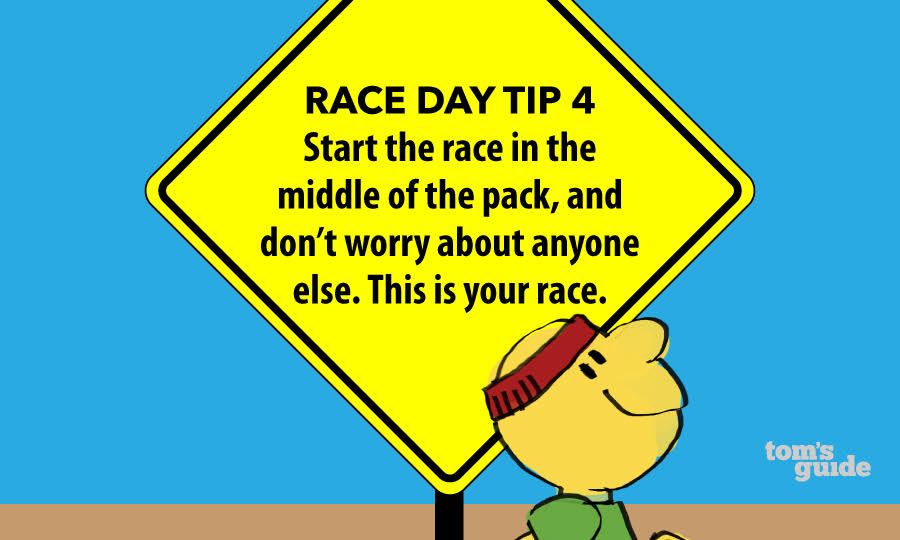
Fitness trackers or watches from Apple, FitBit, Garmin or Samsung automatically link to those companies' Web-based and mobile apps for activity tracking. When you sync your devices to the apps, the apps will aggregate data about the date, distance, time and pace of your run. Phone-based tracking apps aggregate this data as well. Heart-rate data will appear if your device has a heart-rate monitor or if you connect your app or device to an external HRM.
MORE: GPS Watch Buying Guide
The aggregate data will create a "running diary," that shows how far you've come since your very first run. You'll see how your pace is improving, your farthest run is getting longer, and the hill at the end of the block is less scary. And while you may want to forget your bad runs, it's good to have them logged, since you can look back, see what might have been the cause — not enough sleep, a stressful day or bad weather — and do your best to keep it from happening in the future.
Crush Your Race
Running apps and devices have their own social sites where you can talk about your workouts, ask running questions and connect with friends both old and new. These communities will encourage you on the good days and motivate you on the bad days.
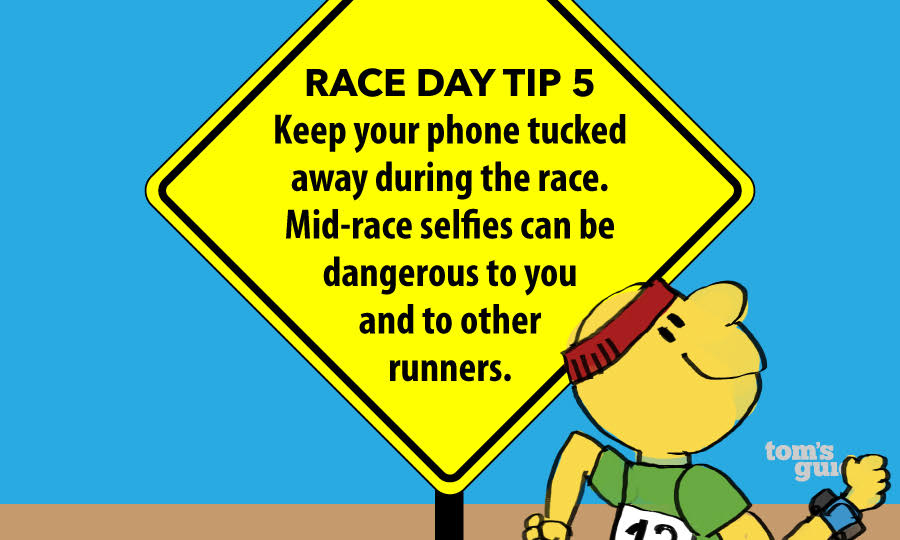
Most of the apps also connect to Facebook and Twitter, which makes it easy to let your friends know you're training for your first 5K. Read app permissions carefully, though. Some apps by default automatically post information, including your running routes. At best, this can be annoying; at worst, this can inadvertently make your work or home address visible to everyone.
Continue Running
With any luck, your first 5K will be a success and you'll want to sign up for another race.
All the tech mentioned in this article will still help you. New training plans aren't hard to find, either. Active Runner, for example, offers a 5K to 10K app ($2.99) that promises to get you ready to run 6.2 miles in nine weeks. And coach Jenny Hatfield provides higher-intensity 5K training programs that can help you improve your time at that distance.

Whatever you decide to do, you'll have the tools you need to find new routes, make new friends and achieve a new personal best.
Brian Eastwood is a professional writer and editor as well as a 13-time marathon finisher. He will be running his first Boston Marathon on April 18. He ran his first 5K in 1995 without the aid of smartphones, GPS, moisture-wicking shirts, energy gel or even a real pair of running shoes.

Brian Eastwood is a freelance writer for Tom’s Guide, focusing primarily on running watches and other wearable tech. Brian has been a professional writer and editor since 2003. He has covered healthcare tech, enterprise tech, higher education, and corporate leadership for a range of trade publications. Brian is a lifelong Massachusetts native and currently lives outside of Boston. Outside of work, he enjoys running, hiking, cross-country skiing, and curling up with a good history book.
